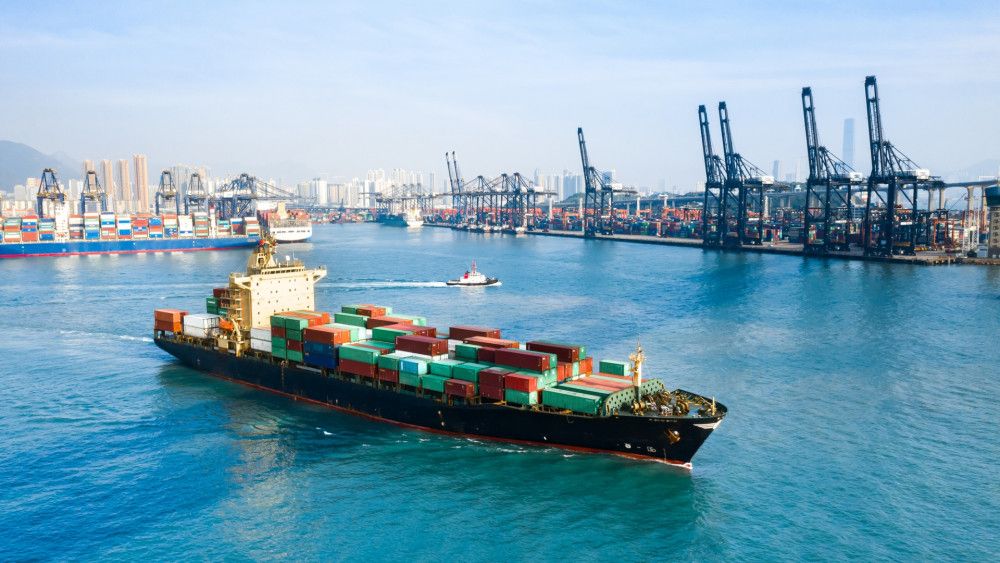Monday February 3, 2025
- ALL NEWS
- SMALL & MEDIUM ENTERPRISES (SME)
- INTERNATIONAL TRADE
-
REGIONS
-
NON-REGIONAL
Search

Over the past couple of years, there has been a drastic shift in international trade. Due to better market access and communication technologies, for a wide range of goods and services, the different stages of production have become much more fragmented and dispersed around the world. These production arrangements are known as global value chains (GVCs).
Since companies can now better coordinate various production stages along the GVCs, there has been a rise in the development of intermediate services and goods as well. In fact, the ratio of intermediate trade concerning final services and goods rose from 1.25 to 1.75 between 1995 and 2007. This same trend can be found when measuring value-added trade, portraying just how much GVCs are influencing international trade at different levels.

How GVCs Influence Inflation Dynamics
GVCs can also influence inflation dynamics in multiple ways, with the increase in GVCs showing just how much both local and worldwide economic slack can impact domestic inflation. For example, channels responsible for price and wage pressures receive strength due to growing GVCs. Imported inputs form the direct channels of price pressures, while greater market contestability creates indirect channels. Thus, this tighter integration causes domestic inflation to be more sensitive to the global output gap, impacting the trade-offs that central banks tend to face when dealing with inflation. Higher interrelatedness helps companies avoid local bottlenecks by sourcing from abroad, while a decrease in global slack allows local producers to raise prices without losing market shares to importers.
Moving Forward
On a global scale, the economy has undergone reduced inflation and inflation synchronization for several years. However, to better understand the relationship between trade integration and inflation synchronization, it is necessary to investigate the impacts of the expanding global supply chains on major and minor economies all around the world.
Stay in the Loop with Exports News
Exports News makes it easy for readers to learn more about all the changes and trends in international trade. If you found this article helpful, make sure to subscribe to our newsletter today and stay informed and up-to-date!
No Comments
Add comment



We’re happy you are satisfied with Exports News. Please let us know if you need enything!
support@exportsnews.comWe’re sorry your experience was not satisfactory. Please let us know how we can improve your experience:
Please contact us with any questions or concerns: support@exportsnews.com


Your feedback has been received! If you have any other questions or concerns, please contact us at:


There aren't any comments yet. Be the first to comment!